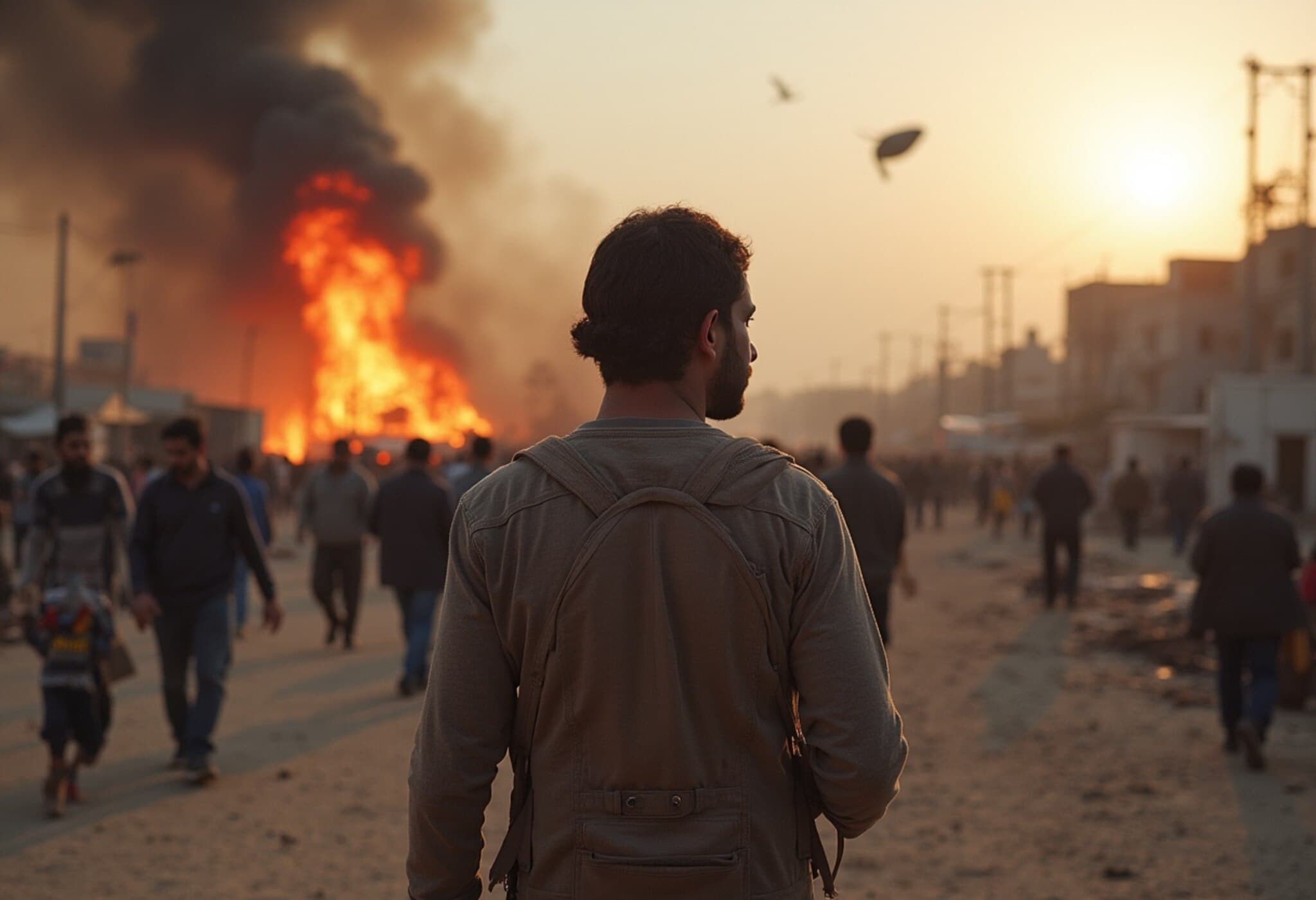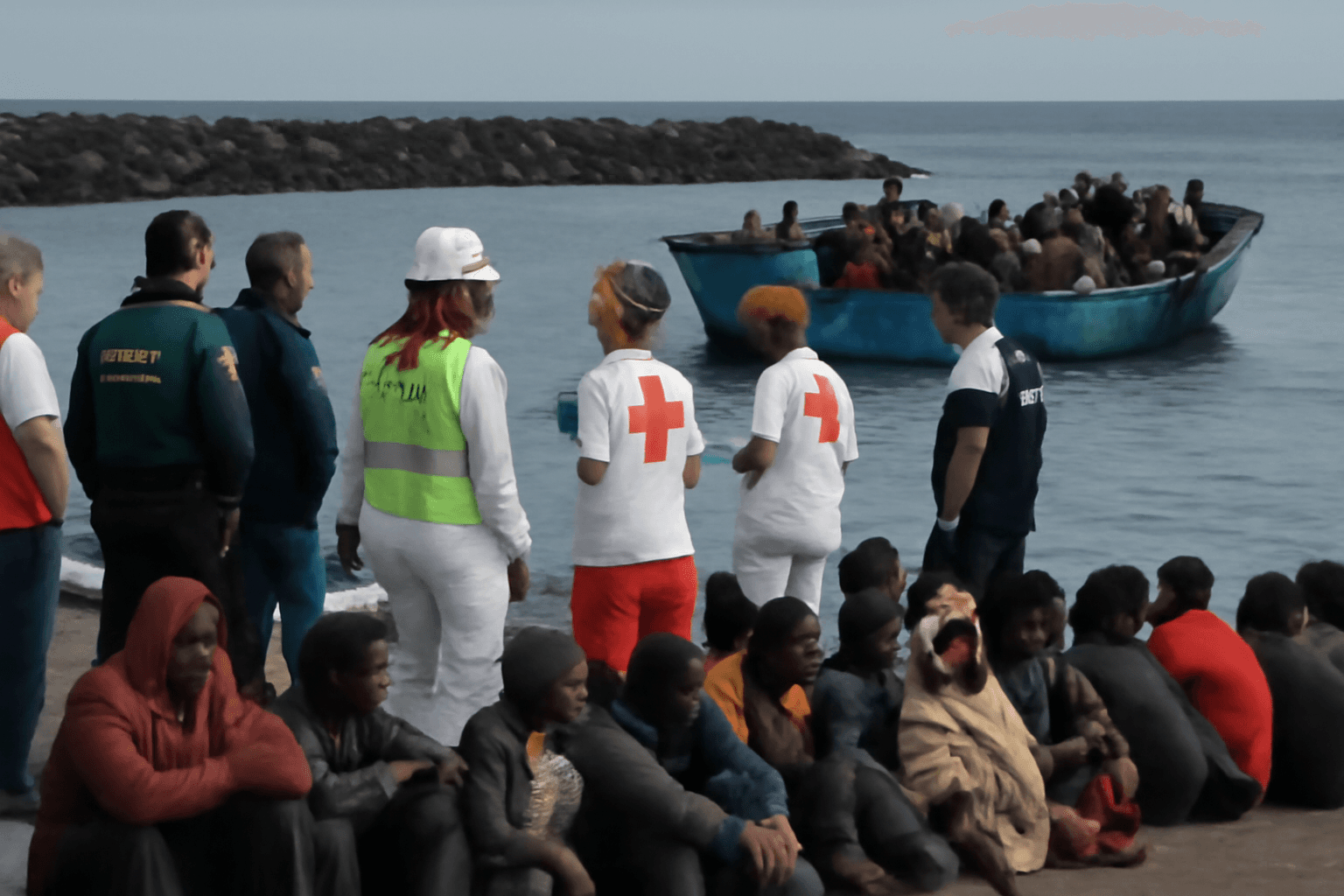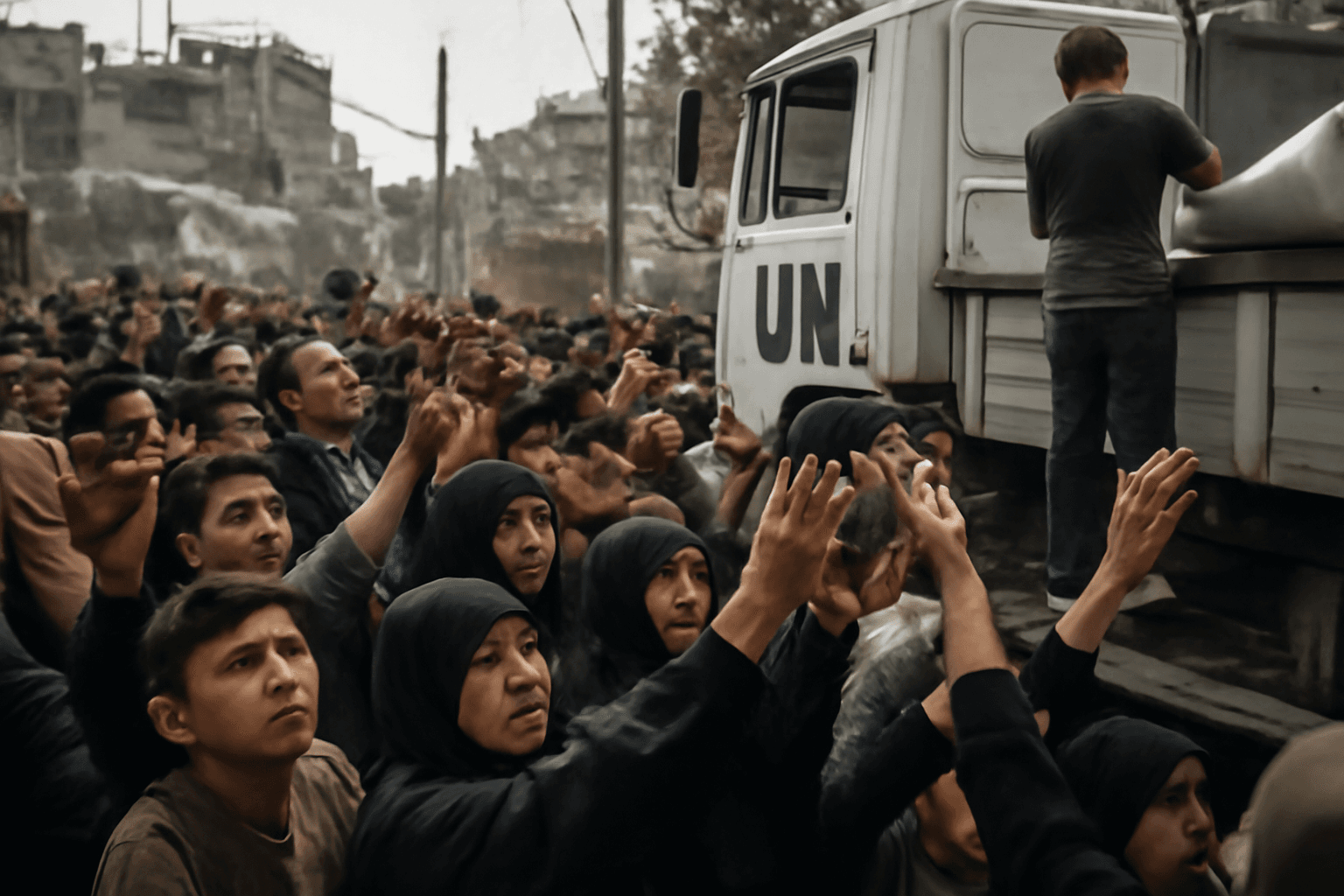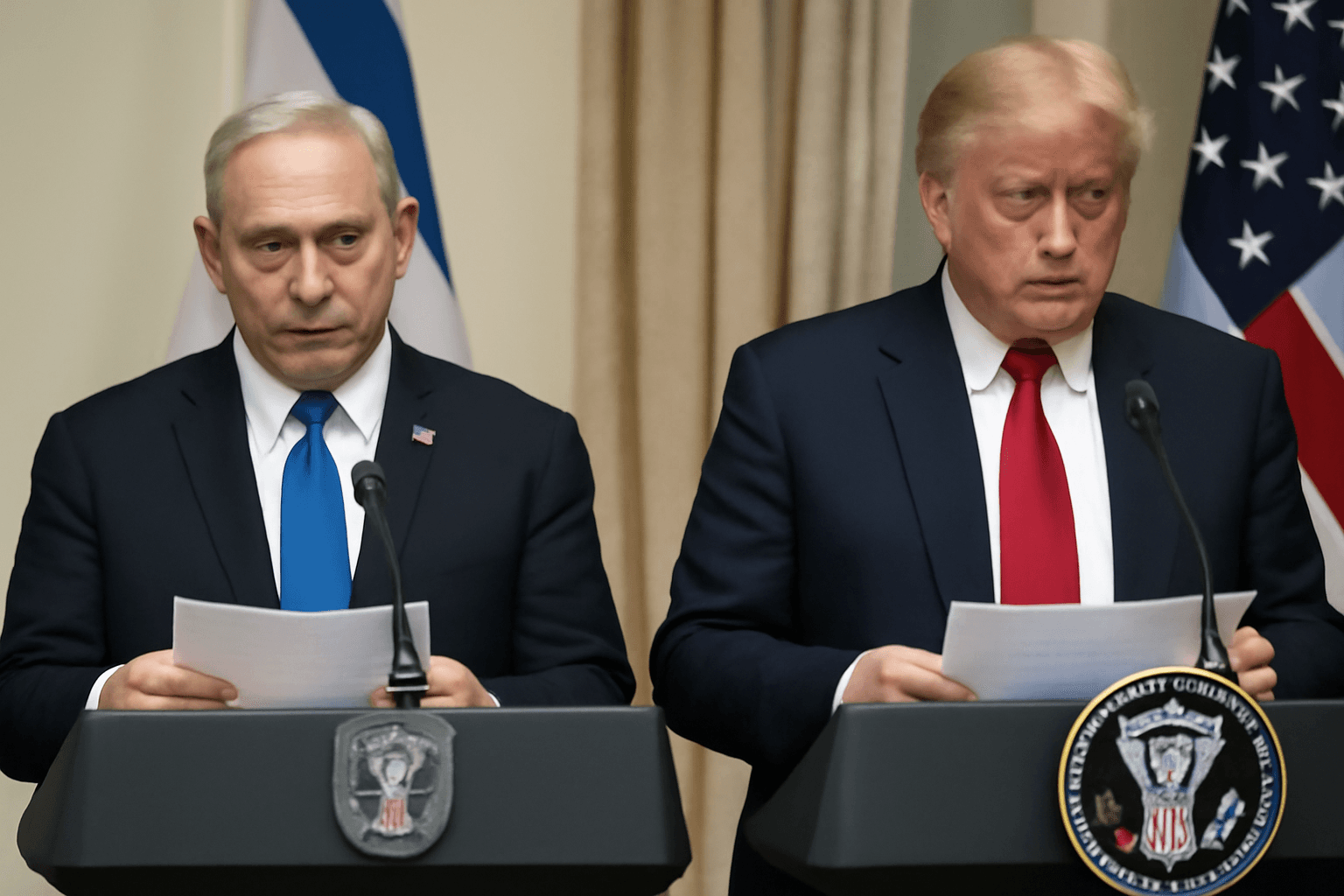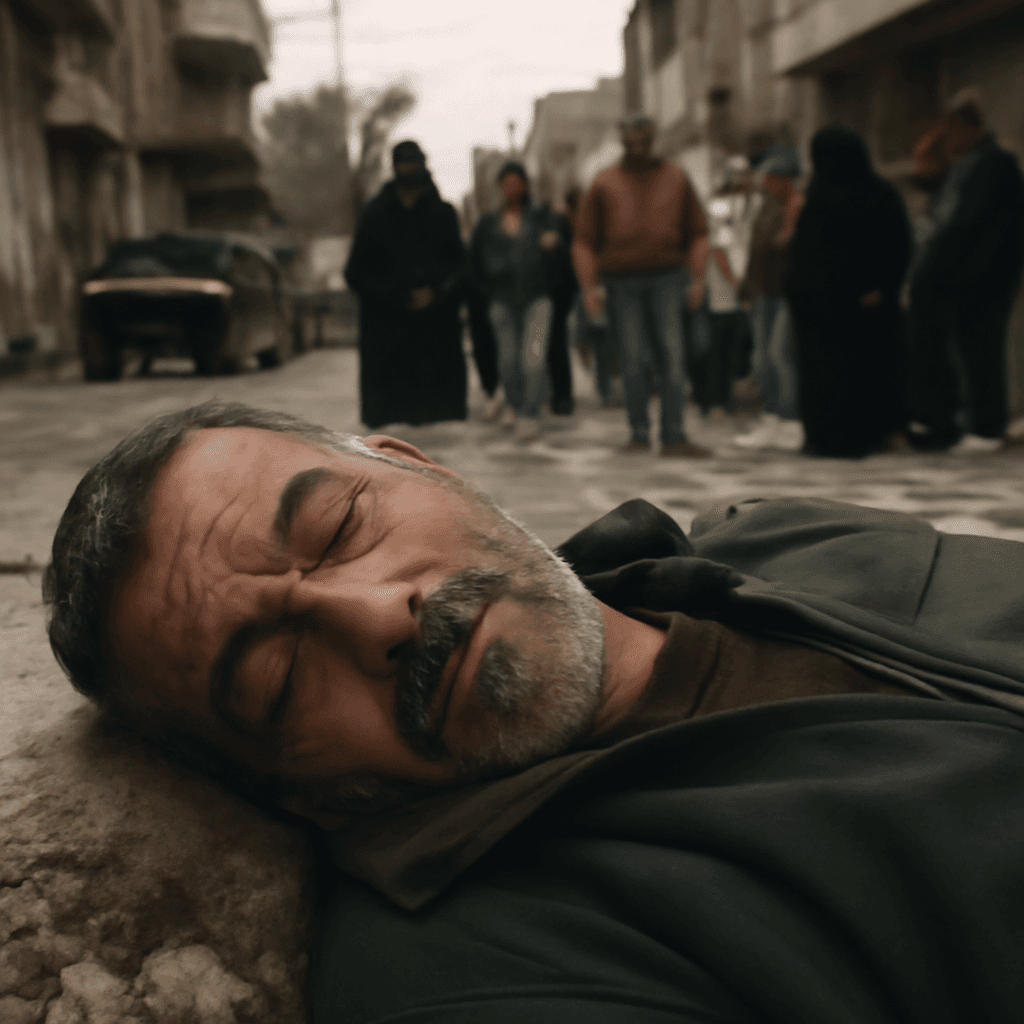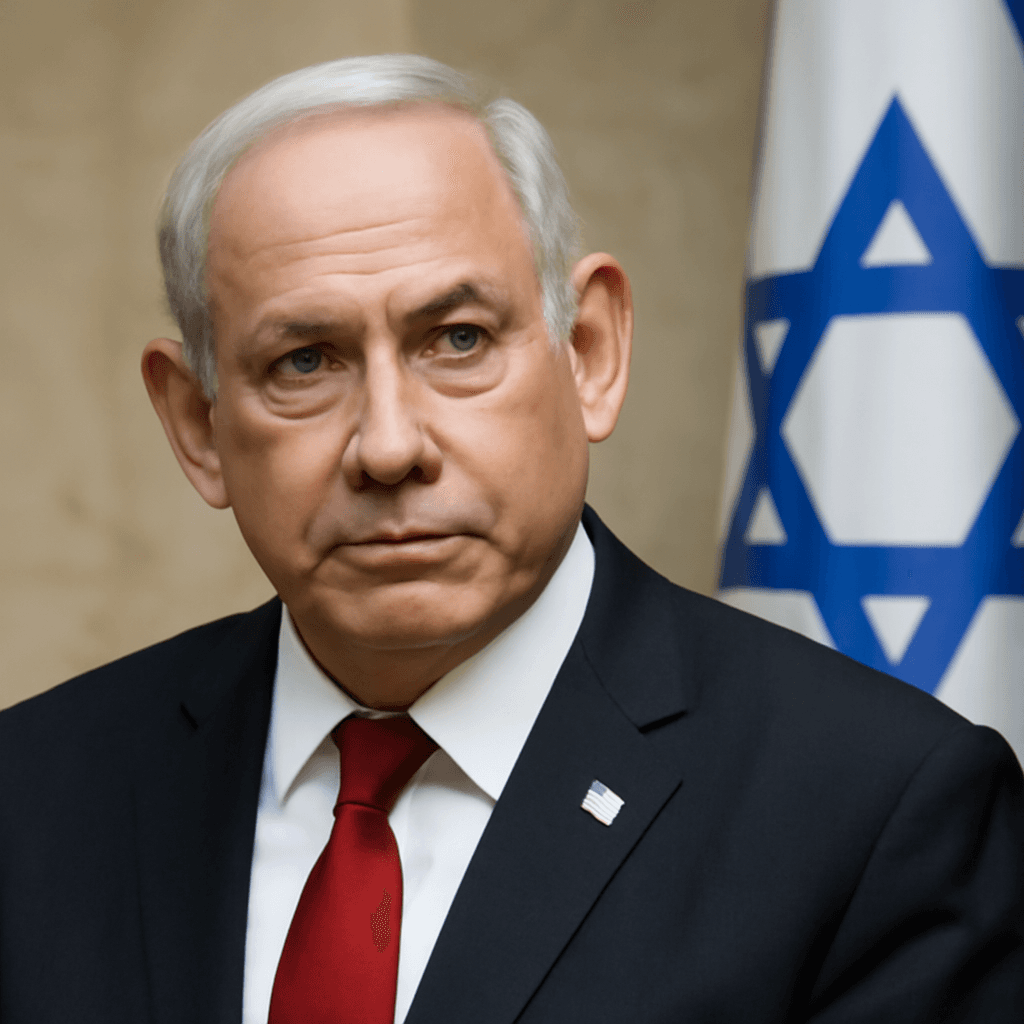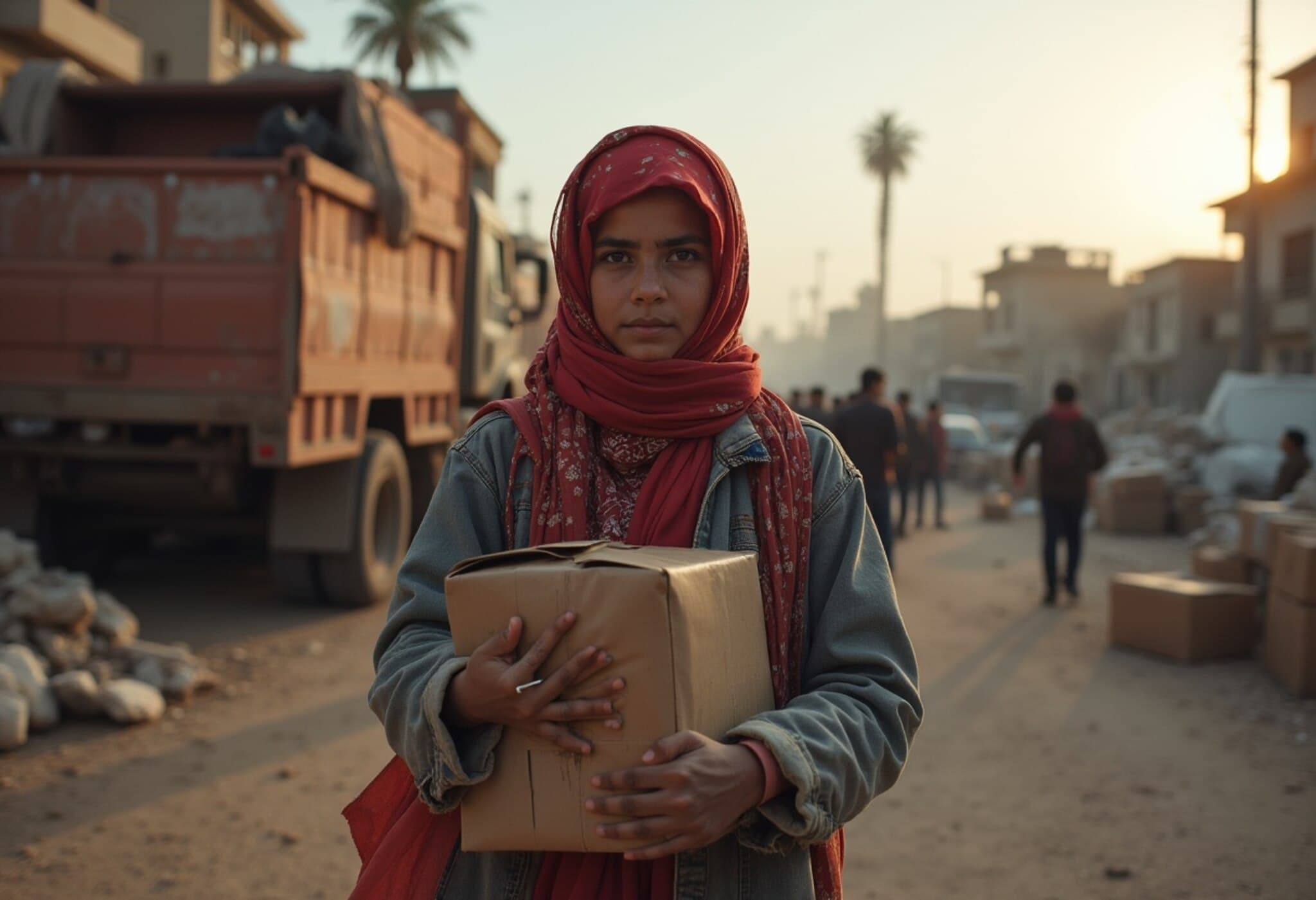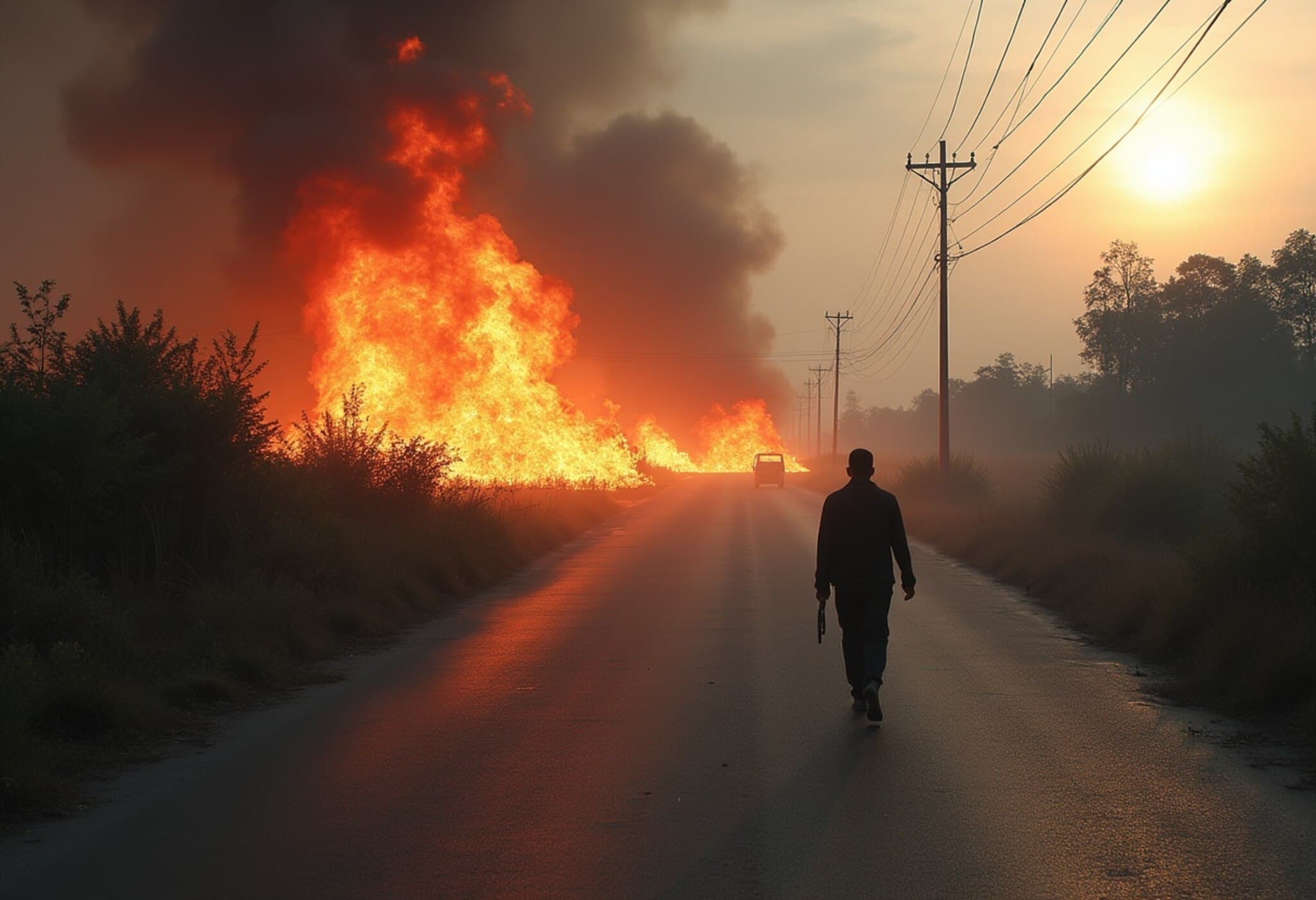UN Highlights Dire Starvation Crisis in Gaza
The United Nations World Food Programme (WFP) has issued a grave warning: nearly one-third of Gaza’s population has not eaten for days amid an escalating humanitarian catastrophe. With 470,000 people facing catastrophic hunger and approximately 90,000 women and children in urgent need of medical treatment for malnutrition, the crisis has plunged Gaza into one of the worst food emergencies seen in recent history.
Rising Death Toll and Malnutrition Among Vulnerable Groups
According to Gaza’s health ministry, 122 people have died of starvation since the blockade began last October, including 83 children. Over the past 24 hours alone, nine deaths were reported, two of them children. Dr. Munir Al-Bursh, director general of Gaza’s health ministry, condemned the situation as a deliberate act, calling it “a crime of extermination by starvation, unfolding before a silent world.”
Medical charity Médecins Sans Frontières (MSF) confirmed the alarming trend, revealing that one in four children and pregnant or breastfeeding women screened at their Gaza clinics last week were malnourished. MSF noted that severe malnutrition rates among children under five have tripled in the last two weeks, attributing the crisis to what it describes as Israel’s “policy of starvation.”
Global Inaction Amid Mounting Crisis
UN Secretary-General António Guterres decried the international community's apathy during a speech to Amnesty International, calling the Gaza situation a “moral crisis” that tests global conscience. He lamented the widespread indifference and failure to act, urging nations to show compassion and truth in addressing this humanitarian emergency.
Humanitarian Aid airdrops: A Controversial and Limited Solution
In response to the collapse of ground-based aid deliveries, Israeli military officials have announced plans to allow airdropping of humanitarian aid into Gaza in the coming days. Yet, relief agencies warn this method is dangerous, inefficient, and prohibitively expensive. Juliette Touma, UNRWA spokesperson, emphasized that trucks loaded with aid have been waiting at border points in Jordan and Egypt for weeks, questioning the logic of airdrops when truck convoys could deliver aid more safely and effectively.
- Airdrops are traditionally a last resort in humanitarian crises due to risks and costs.
- The blockade and ongoing conflict have largely stalled overland aid deliveries.
- More than 1,000 Palestinians have died attempting to access food aid since the conflict began.
Escalating Conflict and Ongoing Humanitarian Toll
The broader conflict has resulted in a staggering death toll, with Gaza’s health ministry reporting 59,676 deaths due to Israeli military operations and nearly 90 fatalities in just the last 24 hours. The war has compounded the humanitarian crisis, exhausting medical supplies and deepening food insecurity.
Negotiations for a ceasefire and hostage release between Israel and Hamas are expected to resume, but remain fraught with tension and mistrust. Israeli leadership has expressed skepticism toward Hamas's willingness to negotiate, while the international community watches closely, hoping for a breakthrough.
Expert Insight: The Broader Implications of Starvation as a Weapon
Experts in international law and humanitarian aid emphasize that starvation as a method of warfare constitutes a grave violation of human rights and international humanitarian law. The use of blockades to cut off food and medical supplies not only devastates civilian populations but also risks long-lasting regional instability. The unfolding crisis in Gaza underscores the urgent need for renewed global diplomatic efforts and robust mechanisms to protect civilians in conflict zones.
Editor’s Note
The starvation crisis in Gaza stands as a stark reminder of the human cost of protracted conflict and the devastating consequences of inaction. While stopgap solutions like airdropped aid may offer temporary relief, sustainable access through safe, ground-level humanitarian corridors remains critical. Readers are encouraged to reflect on how global powers, international institutions, and civil society can better respond to prevent such crises from spiraling further. The challenge now is not only to deliver aid but to restore hope and dignity to millions caught in the crossfire.

